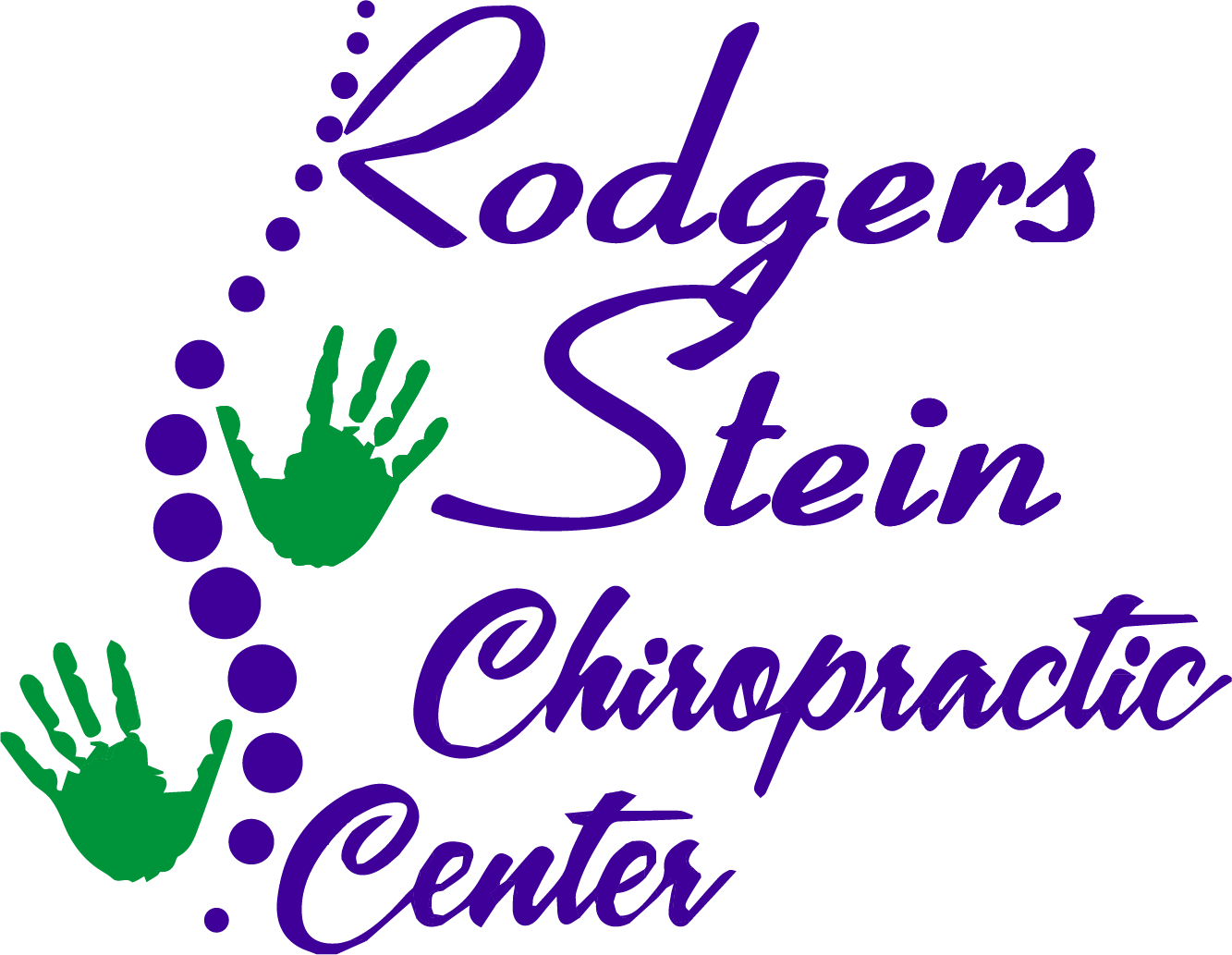If you've been struggling with chronic back pain, you might be wondering about effective natural solutions that go beyond traditional treatments. By exploring holistic approaches, such as dietary changes, gentle exercises, and mindfulness techniques, you can tackle the underlying issues rather than just masking the discomfort. These methods not only aim to relieve pain but also enhance your overall well-being. Curious about how simple lifestyle adjustments can lead to significant improvements? You may find that the answers lie in unexpected places.
Understanding Chronic Back Pain
Chronic back pain affects millions of people, making it a common yet often misunderstood condition. You might think of it as just a nagging ache, but it's much more complex. Chronic back pain lasts for more than three months and can stem from various causes, including injury, poor posture, or underlying medical conditions. It can disrupt your daily activities, impact your mood, and challenge your overall quality of life.
If you're experiencing chronic back pain, you might notice that it can vary in intensity. Some days, it might feel like a dull throb, while on others, it may flare up, making it difficult to bend or lift objects. This inconsistency can be frustrating, especially when you're enthusiastic to engage in your usual activities.
Understanding the underlying factors contributing to your back pain is essential. Muscles, ligaments, and nerves all play a role, and even stress can manifest as physical tension in your back. You might also find that your lifestyle choices, such as sitting for extended periods or lack of exercise, contribute to your pain.
When you recognize these patterns, you can take proactive steps to manage your pain. Whether it's adjusting your workspace or incorporating gentle stretches into your routine, understanding chronic back pain empowers you to take control.
Benefits of Natural Remedies
Finding effective relief for back pain often leads people to explore natural remedies. These approaches offer various benefits that not only address pain but also promote overall wellness. By choosing natural options, you're likely to avoid the side effects associated with pharmaceuticals and invasive treatments.
Here are a few key advantages of natural remedies:
- Holistic Approach: Natural remedies often focus on treating the body as a whole, addressing underlying issues rather than just masking symptoms.
- Reduced Side Effects: Many natural treatments have fewer side effects compared to conventional medications, making them safer for long-term use.
- Cost-Effective: Many natural remedies can be made at home or found at local health stores, often at a fraction of the cost of prescription medications.
- Empowerment: Exploring natural options allows you to take an active role in your health, giving you a sense of control over your pain management.
- Improved Lifestyle: Incorporating natural remedies often encourages healthier habits, such as better nutrition and regular self-care practices.
Gentle Exercises and Stretches
Gentle exercises and stretches can greatly ease your back pain and improve flexibility.
By incorporating simple movements into your daily routine, you'll not only relieve tension but also strengthen your muscles.
Let's explore some recommended stretching techniques to help you get started.
Benefits of Gentle Movement
When you incorporate gentle movement into your daily routine, you might be surprised by how much it can alleviate back pain. Engaging in gentle exercises and stretches can enhance your flexibility and strengthen your muscles, which are essential for a healthy back.
You'll find that even simple movements can bring significant relief.
Here are some key benefits of gentle movement:
- Improved Flexibility: Regular gentle stretching helps maintain and increase your range of motion.
- Pain Relief: Gentle movements can reduce stiffness and tension in your muscles, leading to less pain.
- Better Posture: Strengthening your core with gentle exercises can help you maintain better posture throughout the day.
- Increased Blood Flow: Gentle movement promotes circulation, delivering essential nutrients to your muscles and aiding in recovery.
- Stress Reduction: Engaging in gentle movement can be a form of meditation, helping to reduce stress and promote relaxation.
Recommended Stretching Techniques
Incorporating stretching techniques into your routine can be a game-changer for back pain relief. Simple stretches can help improve flexibility, reduce tension, and strengthen the muscles supporting your spine.
Start with the cat-cow stretch, which involves alternating between arching and rounding your back while on all fours. This movement encourages spinal mobility and can relieve stiffness.
Next, try the child's pose. Kneel on the floor, sit back on your heels, and stretch your arms forward while lowering your torso. This position stretches the lower back and can provide immediate relief.
Another effective stretch is the seated forward bend. Sit with your legs extended and gently reach toward your toes, allowing your back to stretch while keeping your spine straight.
Don't forget the pelvic tilt! Lie on your back with your knees bent, and gently flatten your lower back against the floor by tightening your abdominal muscles. Hold for a few seconds and release.
Daily Routine Integration
Integrating a few gentle exercises and stretches into your daily routine can greatly enhance your back pain relief efforts. You don't need to spend hours at the gym; even short sessions can make a difference.
Start by incorporating these simple activities throughout your day:
- Cat-Cow Stretch: This yoga pose helps improve flexibility in your spine.
- Child's Pose: A gentle stretch that relaxes your back and promotes deeper breathing.
- Seated Forward Bend: This stretch lengthens your spine and eases tension in your lower back.
- Pelvic Tilts: Strengthening your core through these tilts can support your lower back.
- Walking: A daily walk, even for just 10-15 minutes, can increase circulation and reduce stiffness.
Try to do these exercises consistently, perhaps in the morning or before bed.
You'll not only relieve pain but also build strength and flexibility over time.
Remember, listen to your body—if something doesn't feel right, don't push it.
Mindfulness and Relaxation Techniques
Mindfulness and relaxation techniques can be powerful allies in your journey to relieve back pain. By incorporating these practices into your daily routine, you can reduce stress, enhance your body awareness, and promote a sense of calm, all of which contribute to pain management.
Start by practicing mindfulness meditation, which encourages you to focus on the present moment and observe your thoughts and feelings without judgment. Just a few minutes each day can help you cultivate a greater sense of control over your pain.
Try sitting in a comfortable position, closing your eyes, and focusing on your breath. As thoughts arise, gently bring your focus back to your breathing.
Another effective technique is progressive muscle relaxation. This method involves tensing and then relaxing different muscle groups in your body, helping you release built-up tension.
Begin with your toes, clenching them tightly for a few seconds before relaxing them. Gradually work your way up through your legs, abdomen, and back, finally reaching your shoulders and neck, where tension often accumulates.
Incorporating yoga or gentle stretching into your routine can also enhance relaxation and mindfulness. These practices not only improve flexibility but can also foster a deeper connection with your body, helping you identify areas of tension.
Dietary Changes for Pain Relief
Making smart dietary choices can greatly impact your back pain relief journey. What you eat fuels your body and influences inflammation levels, muscle function, and overall health. By incorporating certain foods into your diet, you can kickstart your healing process and reduce discomfort.
Consider these dietary changes to help relieve your back pain:
- Omega-3 Fatty Acids: Found in fatty fish like salmon and walnuts, these healthy fats can help reduce inflammation in your body.
- Fruits and Vegetables: Colorful options like berries, spinach, and broccoli provide antioxidants and nutrients that combat inflammation and promote healing.
- Whole Grains: Foods such as brown rice and quinoa offer fiber and essential vitamins, which are important for maintaining a healthy weight and reducing strain on your back.
- Lean Proteins: Chicken, turkey, and legumes support muscle repair and growth, which can strengthen your back and improve posture.
- Hydration: Drinking plenty of water keeps your joints lubricated and helps maintain overall bodily function, which is essential for pain management.
Herbal Remedies and Supplements
When it comes to relieving back pain, herbal remedies and supplements can offer valuable support. You might find that certain herbs possess anti-inflammatory properties, which can help reduce pain and promote healing.
For instance, turmeric, with its active compound curcumin, is known for its potent anti-inflammatory effects. You can easily incorporate turmeric into your diet by adding it to meals or taking it as a supplement.
Another popular option is ginger, which has been used for centuries to alleviate pain. It works similarly to turmeric by reducing inflammation. You can enjoy ginger in teas, smoothies, or even as a spice in cooking.
Don't forget about devil's claw, a lesser-known herb that has shown promise in studies for back pain relief. It's available in capsule form, making it easy to add to your daily routine.
Additionally, you might consider supplements like omega-3 fatty acids. Found in fish oil, these healthy fats can help decrease inflammation in your body, potentially easing your back pain.
If you're looking for something more holistic, you could also explore homeopathic remedies that target pain relief.
Before starting any new herbal remedy or supplement, it's crucial to consult with a healthcare professional. They can guide you on the right dosages and verify there are no interactions with medications you may already be taking.
With the right approach, herbal remedies and supplements can be a valuable part of your pain management strategy.
Importance of Good Posture
Herbal remedies can provide significant relief for back pain, but addressing the root cause is equally important. One major contributor to chronic back pain is poor posture. When you slouch or hunch over, you put extra strain on your spine and surrounding muscles. This strain can lead to discomfort and long-term issues if you don't make a change.
By focusing on improving your posture, you can alleviate some of that pressure and promote better spinal health.
Here's how good posture can make a difference in your daily life:
- Reduces strain: Proper alignment distributes weight evenly across your spine.
- Enhances flexibility: Good posture encourages a full range of motion, reducing stiffness.
- Boosts confidence: Standing tall can positively impact your self-esteem and presence.
- Improves circulation: Correct posture supports blood flow and oxygen delivery to your muscles.
- Decreases fatigue: When your body is aligned, you'll use less energy throughout the day.
To improve your posture, start being mindful of how you sit, stand, and move. Use ergonomic furniture, take regular breaks, and engage in exercises that strengthen your core.
Making these small adjustments can lead to significant improvements in your back health. Remember, it's never too late to work on your posture, and the benefits you'll experience are well worth the effort.
Hot and Cold Therapy
Hot and cold therapy can be an effective way to manage back pain and promote healing. Each method serves a unique purpose, and knowing when to use them can make a significant difference in your comfort levels.
When you apply heat to your back, it helps to relax and soothe tense muscles. Heat increases blood flow, which brings essential nutrients and oxygen to the affected area. You can use a heating pad, hot water bottle, or take a warm bath for about 15 to 20 minutes. Just be careful not to apply heat for too long to avoid burns.
On the other hand, cold therapy is ideal for reducing inflammation and numbing sharp pain. Cold packs can constrict blood vessels and decrease swelling, especially after an injury. You can use ice wrapped in a cloth or a commercial cold pack, applying it for 15 to 20 minutes at a time. This method is particularly effective within the first 48 hours of experiencing back pain.
Switching between heat and cold therapy can also be beneficial. Start with cold therapy to manage inflammation, then follow up with heat to relieve muscle tension. Listen to your body; some people may find one method more effective than the other.
Incorporating hot and cold therapy into your pain management routine can enhance your mobility and help you get back to doing the things you love.
Acupuncture and Alternative Therapies
Acupuncture and other alternative therapies often provide relief for back pain when traditional methods fall short. These approaches focus on treating the root cause of your pain rather than just masking the symptoms. If you've tried conventional treatments without success, exploring acupuncture or similar therapies might be a worthwhile option.
Here are some alternative therapies you might consider:
- Acupuncture: Involves inserting thin needles into specific points on your body to stimulate healing and reduce pain.
- Chiropractic Care: A technique that focuses on adjusting the spine to improve alignment and alleviate discomfort.
- Massage Therapy: Helps relax tight muscles, improve circulation, and promote overall relaxation, which can be beneficial for back pain relief.
- Yoga: Combines stretching, strengthening, and breathing exercises that enhance flexibility and promote better posture, reducing strain on your back.
- Herbal Remedies: Natural supplements and herbs can support your body's healing processes and may provide anti-inflammatory benefits.
Integrating these therapies into your pain management plan could enhance your overall well-being. While results can vary from person to person, many find that combining alternative treatments with conventional care creates a more effective approach to managing chronic back pain.
Consider consulting with a healthcare professional who understands these therapies to find the best combination tailored to your needs.
Lifestyle Modifications for Prevention
To prevent back pain, you need to make some lifestyle modifications that can have a big impact.
Start by setting up your workspace ergonomically to support your posture, and incorporate a regular exercise routine to strengthen your back.
These small changes can go a long way in keeping your back healthy and pain-free.
Ergonomic Workplace Setup
An ergonomic workplace setup is crucial for anyone looking to prevent back pain while working long hours.
By optimizing your workspace, you can markedly reduce strain on your back and improve your overall comfort.
Here are some key elements to take into account for an ergonomic setup:
- Chair: Choose a chair that supports your lower back, with adjustable height and lumbar support.
- Desk Height: Verify your desk is at a height where your elbows are at a 90-degree angle when typing.
- Monitor Position: Position your monitor at eye level, about an arm's length away, to avoid neck strain.
- Keyboard and Mouse: Use a keyboard and mouse that allow your wrists to remain straight, minimizing tension.
- Footrest: If your feet don't touch the ground comfortably, use a footrest to maintain proper posture.
Regular Exercise Routine
Incorporating a regular exercise routine into your daily life can markedly reduce the risk of back pain. Engaging in physical activity strengthens your core, improves flexibility, and enhances overall muscle balance, all of which support your spine. Aim for a mix of aerobic exercises, strength training, and stretching. Activities like walking, swimming, or cycling can boost your cardiovascular fitness while being gentle on your back.
Strength training should focus on your core muscles, including your abdomen, lower back, and hips. Exercises like planks, bridges, and pelvic tilts are great for building stability.
Don't forget to include stretching routines to maintain flexibility, which can help prevent injuries. Yoga and Pilates are excellent choices that promote both strength and flexibility.
Consistency is key. Try to exercise at least 30 minutes most days of the week. Start slow and gradually increase your intensity and duration. Listen to your body; if something causes pain, modify or skip it.
Conclusion
Incorporating natural solutions for chronic back pain relief can truly transform your life. By embracing gentle exercises, mindfulness techniques, and anti-inflammatory foods, you're not just masking the pain but addressing its root causes. Remember to maintain good posture and consider hot and cold therapy for immediate relief. As you make these lifestyle modifications, you'll empower yourself to manage pain effectively and enhance your overall well-being. Take charge of your health, and enjoy a more comfortable, pain-free life.



